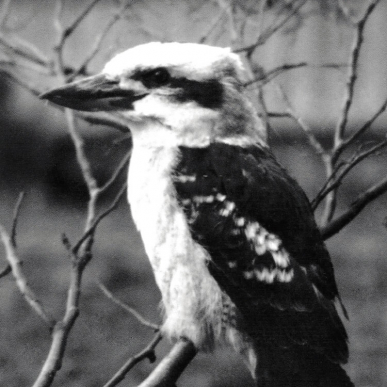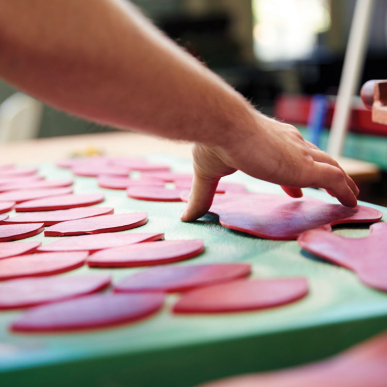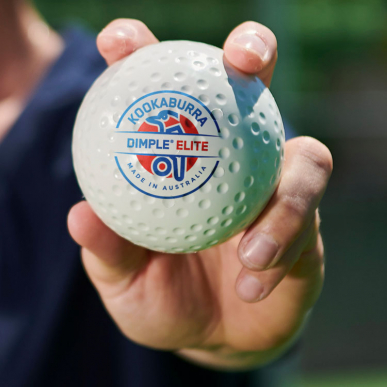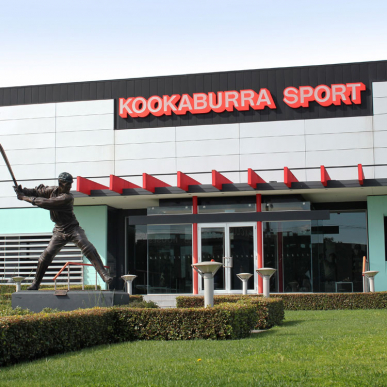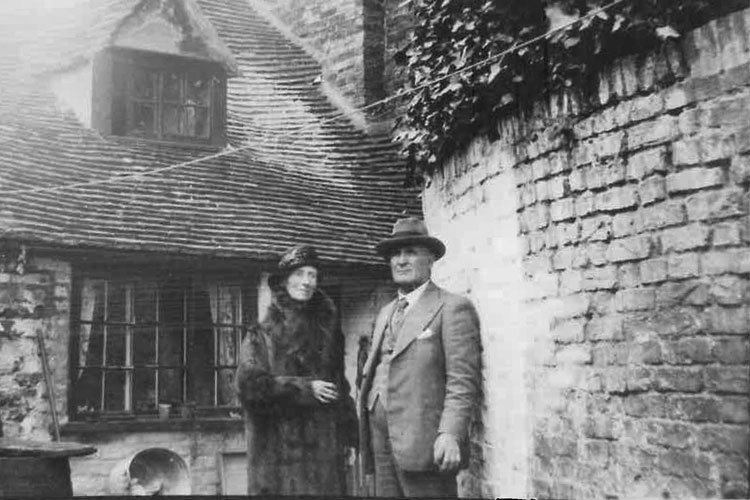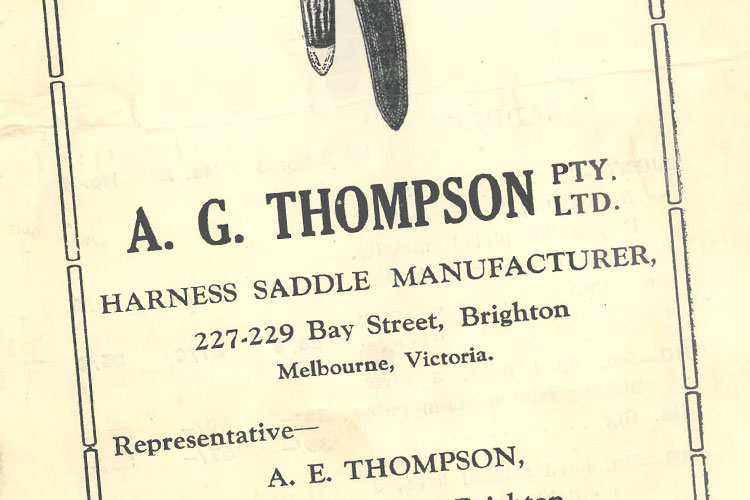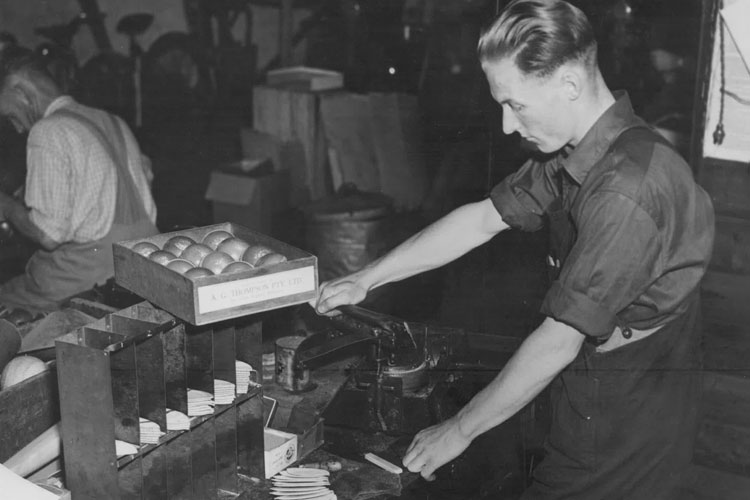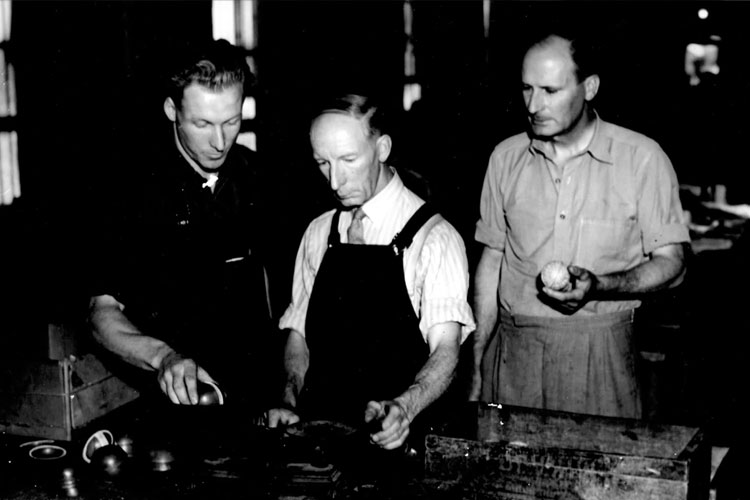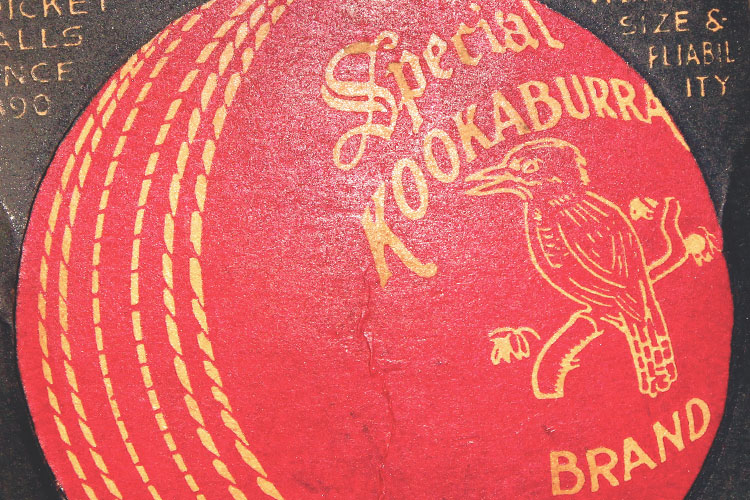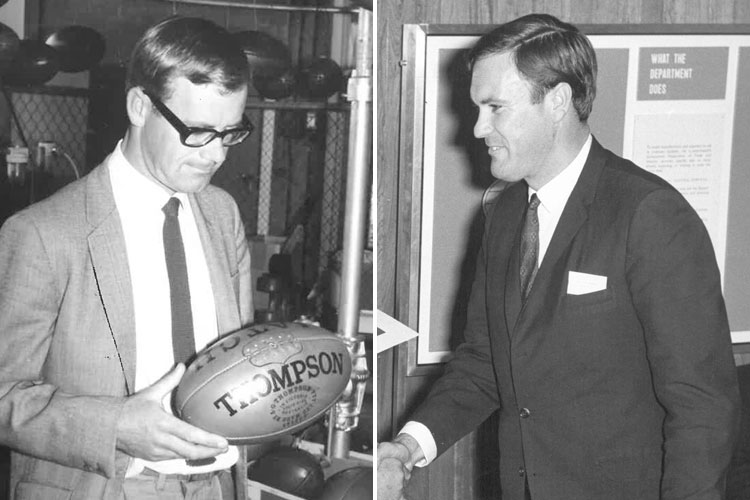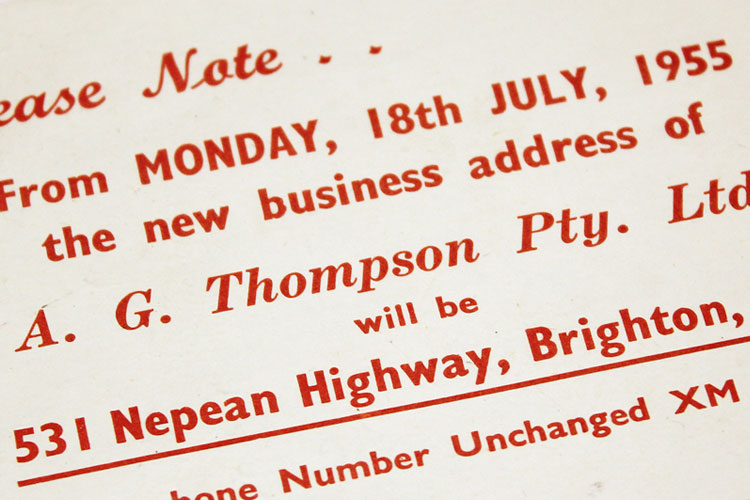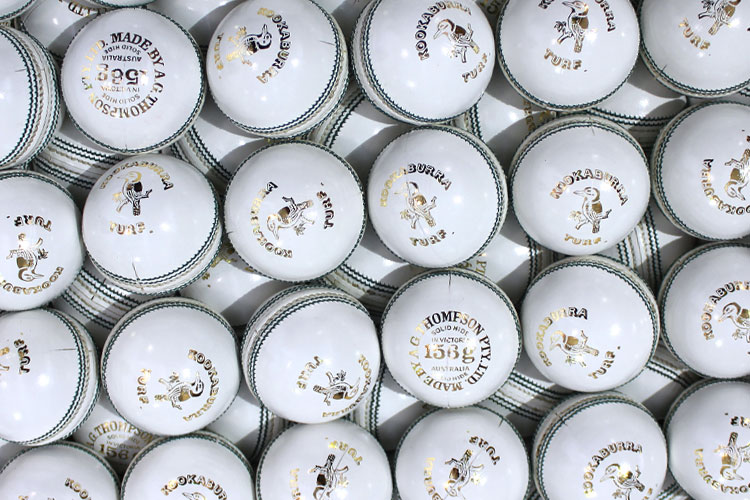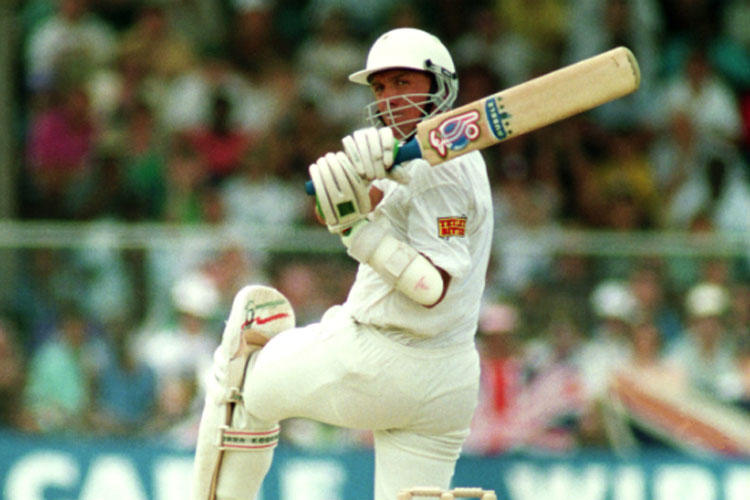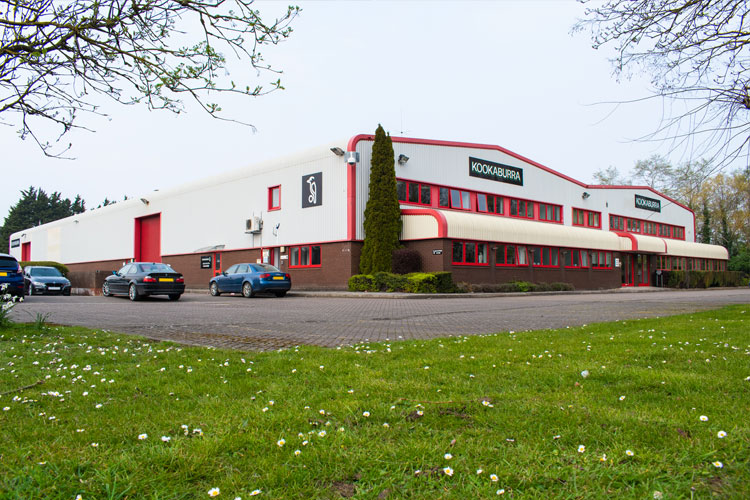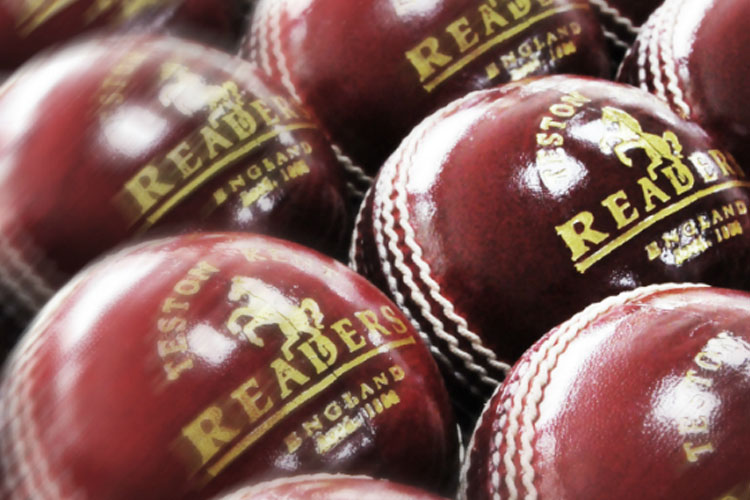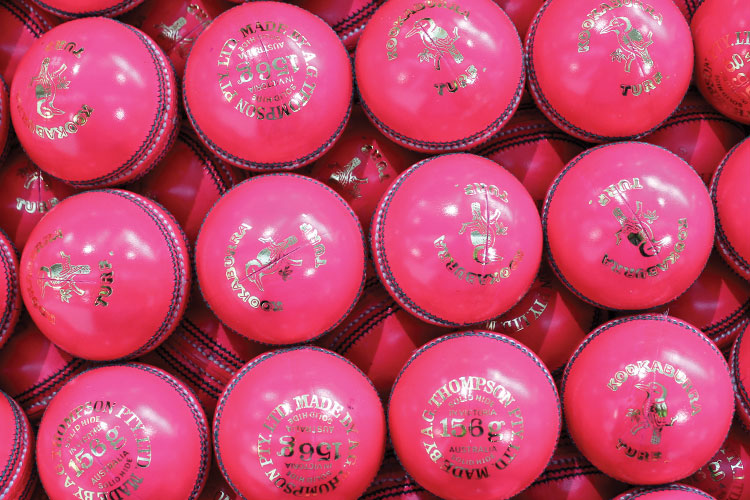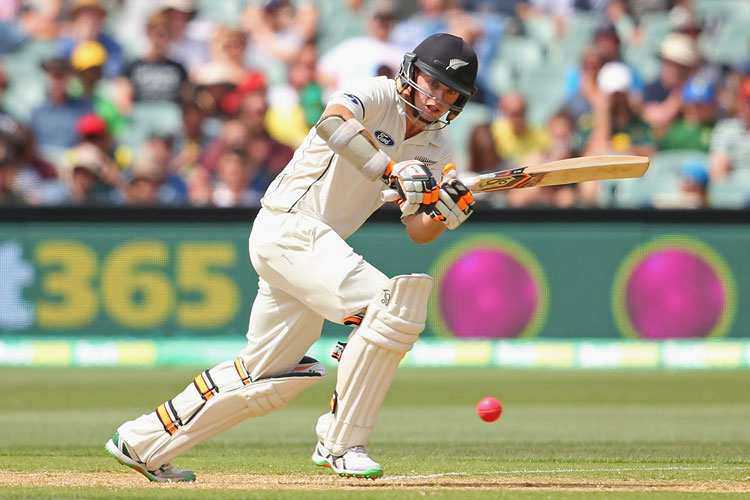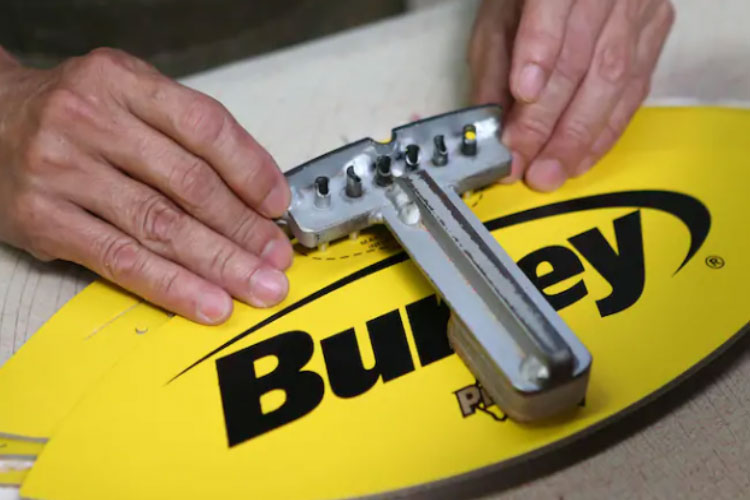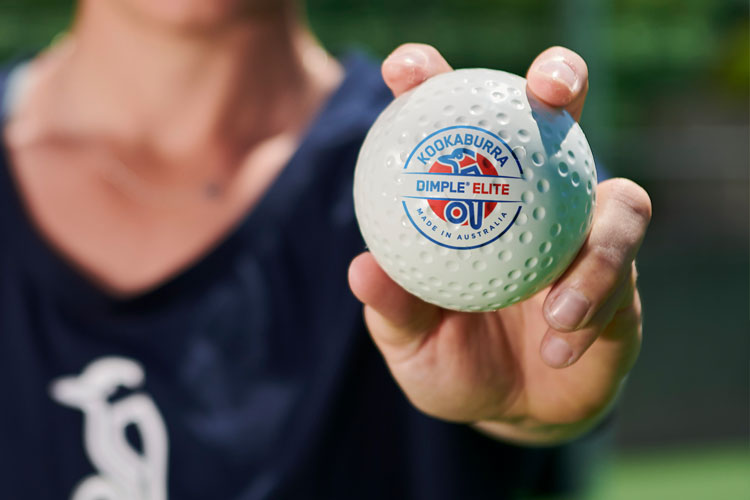About Kookaburra Sport
Kookaburra Sport was established in Melbourne by Alfred Grace (AG) Thompson in 1890. AG Thompson was born in St Ives, Huntingdon, Cambridgeshire in 1863. He learnt his trade as a saddler and harness maker from his father William, a Scotsman. After moving to London he continued honing his skills at Laurie and Marner, Carriage and Harness makers to Royalty.
Kookaburra Sport initially traded as AG Thompson Pty Ltd, utilising “Kookaburra” as a product brand. AG had a ‘pet’ Kookaburra called Jacky who resided in the peppercorn tree outside AG’s residence and workshop in Bay Street, Brighton and was the inspiration for the brand name.
After 130 years Kookaburra Sport remains a 100% Australian family owned business. Fourth and fifth generation members of the Thompson family continue to work at Head Office in Melbourne, with additional offices in India, New Zealand, and the United Kingdom, and an agency in South Africa, employing over 200 people globally.
We are proud sports equipment manufacturers specialising in cricket and field hockey balls and equipment, bespoke teamwear, clothing and footwear. We predominantly sell products via existing retailers, online and direct to cricket and hockey Leagues and Associations in over 50 countries worldwide.
By the First World War AG Thompson Pty Ltd was recognised as a leading Australian hand-stitched cricket ball manufacturer. The Kookaburra Turf cricket ball is still hand-stitched in our Australian Headquarters by skilled craftsman that have over 80 years’ experience between them.
Kookaburra Hockey balls were initially used in the 1956 Olympic Games, where a leather ball similar in construction to a white cricket ball was used. In the early 1980s our Research & Development Department embarked on a project to develop a uniquely designed ball exclusive to hockey. The result was the Kookaburra Dimple hockey ball. The Dimple Elite hockey ball was introduced to international hockey during the 1984 World Cup and Los Angeles Olympic Games and has been used exclusively ever since. Today, the Kookaburra Dimple Elite is the only hockey ball with Global Approval from the International Hockey Federation (FIH).
In 1990 AG Thompson Pty Ltd adopted the trading name Kookaburra Sport due to significant recognition of the brand. Today four Thompson family members are actively involved in the daily running of the business, producing over 650,000 cricket and hockey balls a year. We are the only remaining cricket and hockey ball manufacturer to oversee production in Australia.
Kookaburra acquired 200 year old British cricket ball manufacturer Alfred Reader & Co in 2002, to strengthen its cricket ball position within the English market, while continuing to supply Kookaburra cricket balls throughout the cricket-playing world.
Our skilled bat maker joined the Melbourne team in 2016 to support our elite cricket player’s personal equipment needs. The Kooka Bat Cave is a hub of activity and excitement when our sponsored players visit Head Office.
In 2019 Kookaburra Sport merged with Burley & Sekem , another iconic Australian business. Burley Sekem’s origins trace back to 1907, giving the Kookaburra Sport Group nearly 250 years’ experience in the manufacture of elite sporting goods and apparel. Today the Burley football is used exclusively in the WAFL and SANFL.
The Sekem apparel division is Australia’s oldest national sports apparel manufacturer dating back to 1923 and is a leading distributor of AFL, NFL and other licensed apparel and accessories.
Kookaburra New Zealand acquired the agency for Babolat in 2019. Babolat is the oldest tennis company in the world established in 1875, and like Kookaburra Sport is still owned and operated by the founder’s family.
Kookaburra Sport continues to be associated with some of the best cricket and hockey players to grace national and international fields.
Community has always been of great importance to the Kookaburra family, and we continue to work extensively with local cricket and hockey communities and Sporting Boards to support grassroots initiatives.
We proudly support, partner and sponsor various community groups, events and organisations including The McGrath Foundation, International Women’s Day, Fairbreak, Blowfly Cricket, Maddie Riewoldt’s Vision and Indigenous Cricket.



